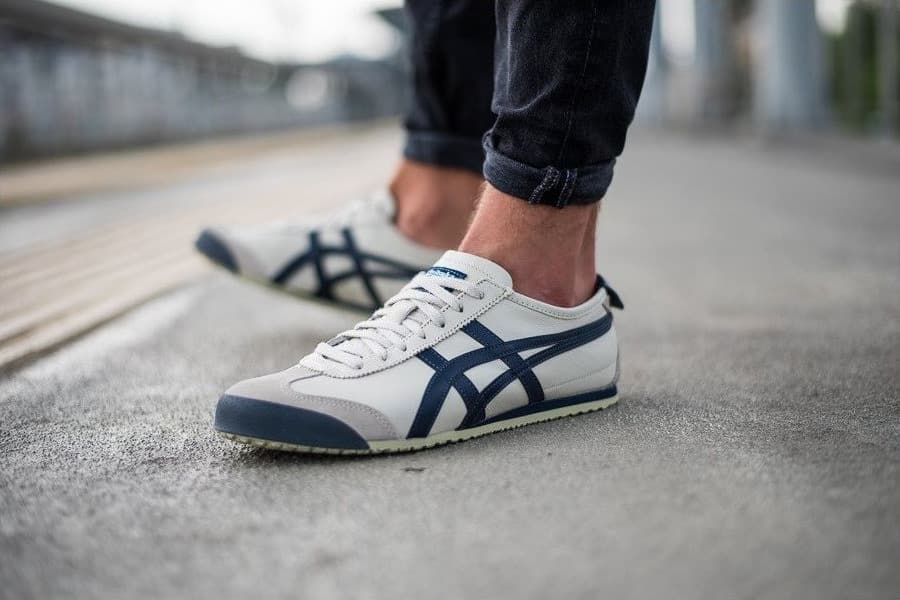OpenAI E-Commerce: What Every Brand Needs to Know
OpenAI’s Shopify integration could reshape e-commerce. From personalization to data battles, brands must adapt to stay visible in ChatGPT.
OpenAI’s partnership with Shopify is set to redefine the future of online shopping. What began as a nonprofit AI research lab in 2015 has rapidly evolved into a commercial powerhouse, with e-commerce now at the center of its growth strategy. By integrating native checkout into ChatGPT, OpenAI is transforming the chatbot into more than a conversational tool—it’s becoming a shopping destination. This shift could rival the influence of tech giants like Google and Amazon, while giving Shopify merchants access to a powerful new sales channel.
At the heart of this transformation are questions about data, credibility, and brand visibility. For beauty and fashion brands in particular, success in this new AI-driven landscape will depend on rethinking product descriptions, feeding rich, specific details into AI engines, and optimizing for personalized discovery rather than broad SEO. While the potential for precision and personalization is unprecedented, concerns remain about who controls valuable customer data and whether recommendations will stay trustworthy once paid placement enters the mix. For smaller brands, the challenge is even greater: competing for visibility in a space where discovery may no longer be organic.
This is only the beginning of what may be the biggest shift in e-commerce since the smartphone era. As AI shopping evolves, brands that adapt early—by focusing on authenticity, refining their product storytelling, and embracing the nuances of AI optimization—will be best positioned to thrive. The Debrief dives deeper into how OpenAI’s move could reshape the retail landscape and what every brand must do now to stay ahead. Read more here!











